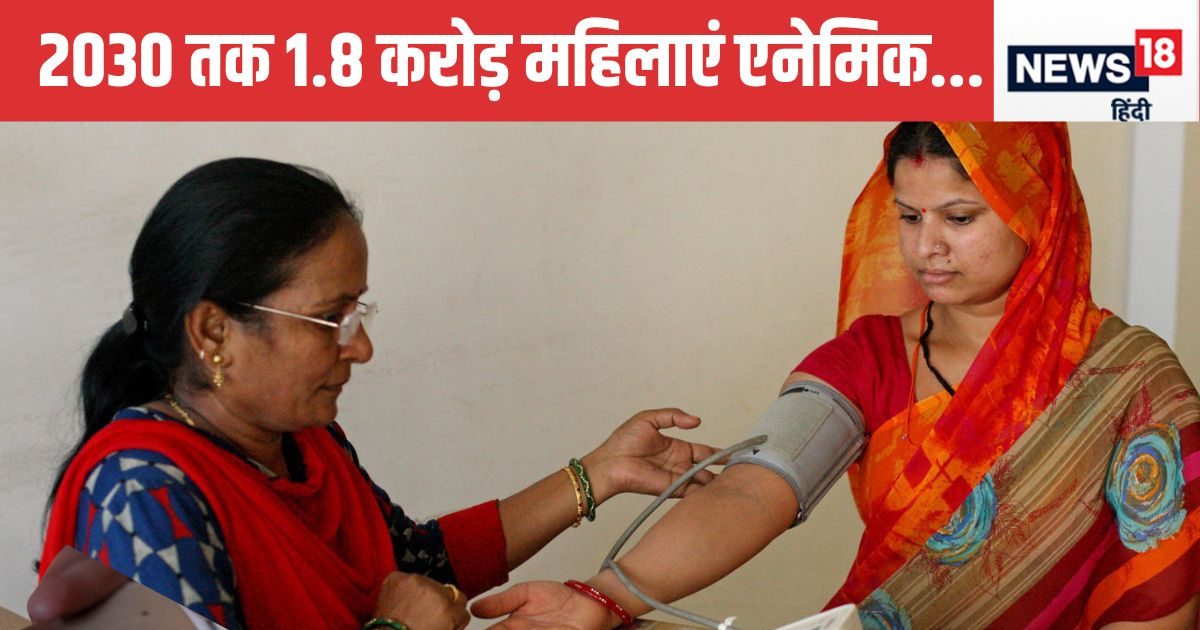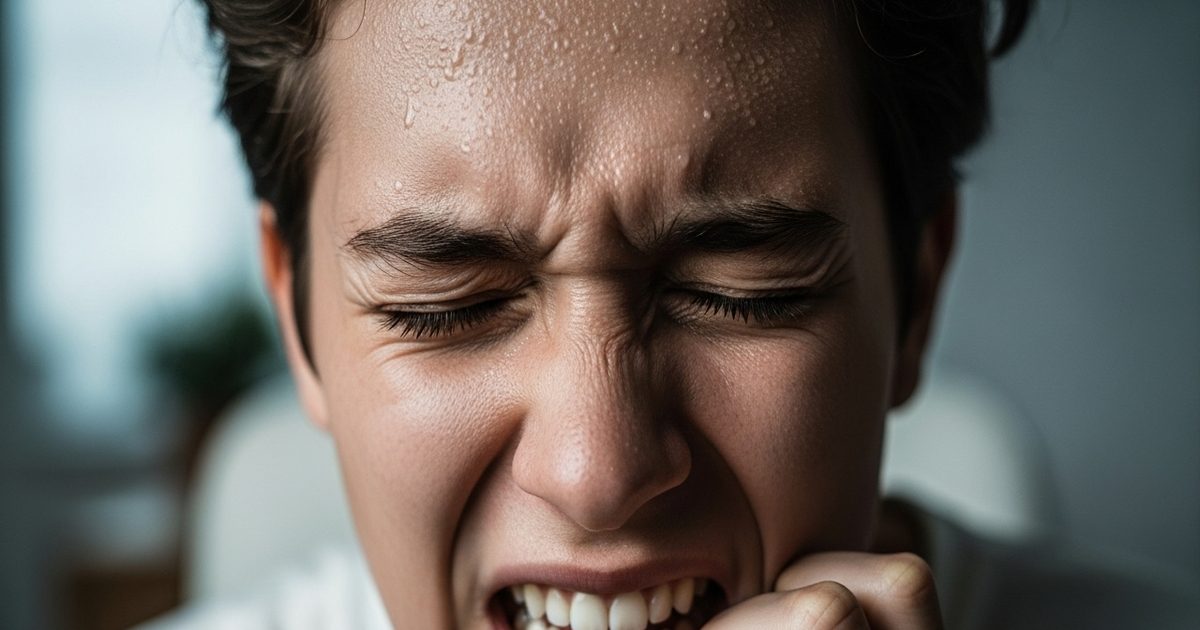Anemia for 1.8 crore women by 2030
A conference of 7 countries of South Asia was held in Sri Lanka in collaboration with SAARC, WHO and UNICEF in which this report was presented. The report said that anemia is a big and ever -increasing health problem in South Asia, especially in South Asia, girls and women. If no concrete steps are taken early, by 2030, 1.8 crore and women and girls can be hit by anemia. Currently, more than 25.9 crore women in South Asia are suffering from anemia, the largest number of India. There is a need for immediate solution on this serious crisis. This has a direct impact on the health of women and the growth of children. Due to anemia, girls have to leave school. This causes damage to both the productivity and economy of the country. According to an estimate, due to anemia, South Asia, including India, suffers a loss of $ 32.5 billion every year.
Every other woman in India is already suffering from anemia. It is a shame for us that our neighbors are better than us in anemia cases. Nepal has achieved great success in this. Here in 6 years, anemia in women has come down from 41 percent to 34 percent. In some areas of India and Pakistan, where health workers were empowered with data, there are reforms, half women are struggling with anemia in other places. Bangladesh has added nutrition services to the school. Anemia is only 17 percent in women under 25 years of age in Sri Lanka.
Problems due to lack of anemia
There is a huge lack of nutrition in teenage girls. It has a direct impact on pregnant women and newborns. Due to anemia, it becomes difficult to leave school in the middle. This reduces the ability to work in older women and increases problems like weakness in children. Unicef South Asia director Sanjay Vijeskar said that when half the girls and women are struggling with anemia, then it is a sign of failure of the entire system, not just health. We also have treatment and solution. Just now governments will have to take action fast. WHO director Cyma Wazed said that anemia can be stopped and corrected. Along with health, it is also a matter related to economic and social development.
A shared action plan is being prepared to remove anemia from South Asia so that concrete steps can be taken all over South Asia. The new research team South Asia Anaemia Academic Alliance has been announced. For this, a strategy is being chalked out to strengthen the health system, improve data and increase access to needy. To eliminate anemia deficiency, it is very important to give iron -rich food and supplements. There is a need to focus on pregnant women and adolescent girls. Help will have to be provided through schools, hospitals and Anganwadi. If there is a deficiency of hemoglobin in the body, then diet containing iron, folate, vitamin C should be taken for this. For this, colorful green bejritable, dry fruit, whole grains, green peas, rajma, beans, fruit juice, pomegranate etc. juice, meat, dairy products, capsicum, orange, tomato, citrus fruit, watermelon, strawberries etc. should be consumed.



